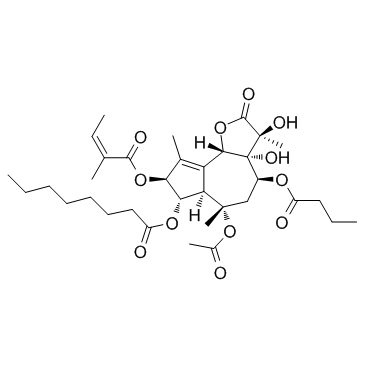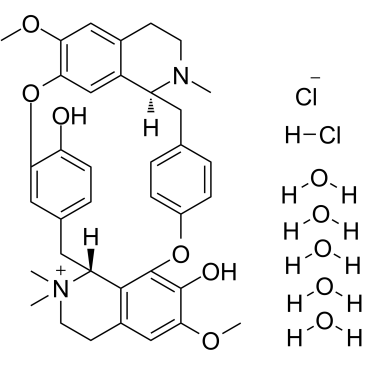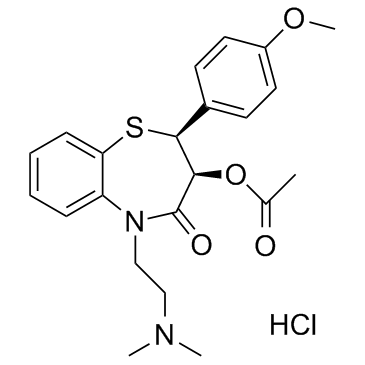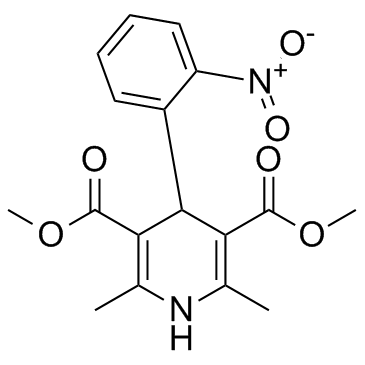| Structure | Name/CAS No. | Articles |
|---|---|---|
 |
Atropine sulfate monohydrate
CAS:5908-99-6 |
|
 |
Thapsigargin
CAS:67526-95-8 |
|
 |
(+)-TUBOCURARINE CHLORIDE PENTAHYDRATE
CAS:6989-98-6 |
|
 |
(+)-Muscarine (chloride)
CAS:2303-35-7 |
|
 |
Acetylcholine chloride
CAS:60-31-1 |
|
 |
(S)-(-)-Bay K 8644
CAS:98625-26-4 |
|
 |
diltiazem hydrochloride
CAS:33286-22-5 |
|
 |
Nifedipine
CAS:21829-25-4 |